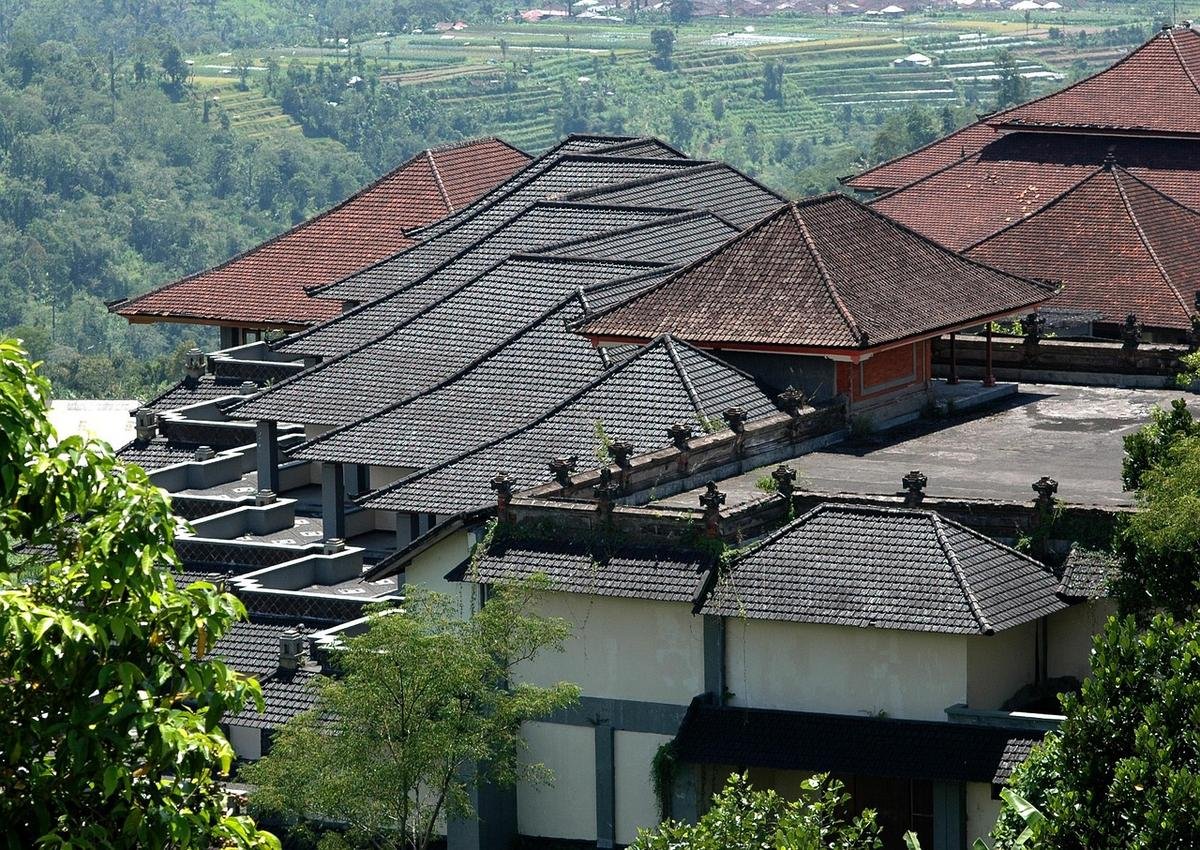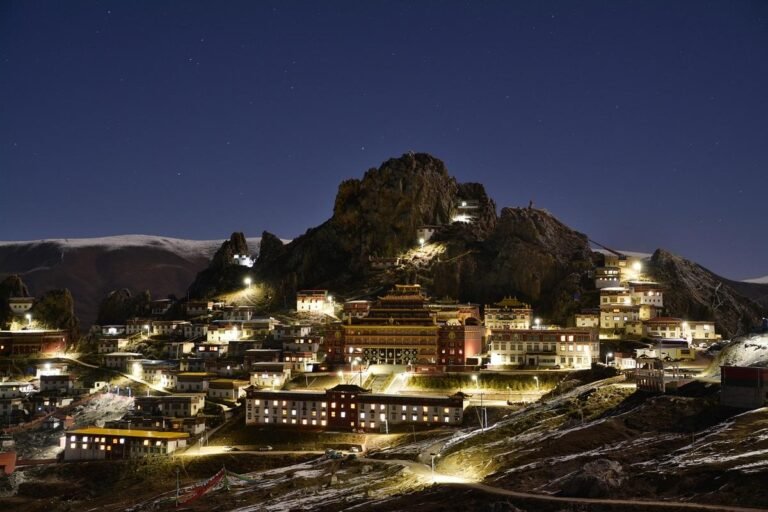Tranquil Sesandan Village Welcomes Eco-Travelers with Lush Rice Fields and Balinese Traditions
Sesandan Village sits in Bali’s Tabanan District, near the western coast of the island. It lies roughly seven kilometers north of Tabanan City center, resting in a lowland zone that brings cool breezes and a sense of calm. Visitors arrive for its rice terraces, lofty shade trees and fresh air. Over recent years, this settlement has become a recognized ecotourism destination, blending cultural heritage with care for the surrounding environment. Travelers find a rural atmosphere removed from urban noise and can take part in local projects that support conservation and sustainable farming. From dawn to dusk, emerald paddy plots shimmer under golden light and villagers mark each season with age-old ceremonies.
Across its 287 hectares, the village divides into seven Banjar Dinas: Sandan Pondok, Sandan Tegeh, Sekartaji, Sandan Dangin Yeh, Sandan Lebah, Sandan Dauh Yeh and Sandan Dauh Yeh Baleran. Each plays a vital role in daily life and cultural practice. Community dwellings stand amid paddy fields and coconut groves. Neighbors gather for meetings that address local matters, take part in traditional ceremonies and join gotong royong sessions that maintain public spaces. These shared events reflect a deep commitment to unity and respect for ancestral ways.
A network of narrow tracks winds through the green rice plots, dotted with patches of coconut palms. In early light, thin mist drifts over flooded fields, softening each contour. The low elevation keeps the air cool even in midday, so visitors find walking paths comfortable. Some pause on moss-covered stones by little irrigation channels. Others rest under broad banyan canopies that edge each plot. Farmers move slowly as they plant, tend and harvest, creating a steady rhythm that draws interest from those who pause to watch.
Not far from the village center, in Banjar Dinas Sekartaji, Wana Harum Campground unfolds across a broad grassy field under the canopy of mature trees. The spot lies a short drive from Tabanan’s core, so guests reach it quickly yet stay in genuine countryside. At one corner, a small hut handles tent rentals and firewood purchases, and simple latrines stand nearby. Families, student groups and scout troops gather here along with nature fans who seek a place to roll out sleeping mats and rest under starry skies.
Guests decide between carrying personal equipment or selecting a pre-set tent on offer. As night falls, they gather around low campfires to share meals and stories. By daylight, some wander village lanes, cross small wooden bridges over streams and pause at roadside shrines. Basic benches and tables stand near clearing edges, and a well hosts fresh water taps. The mix of open scenery, modest comforts and firsthand encounters with local routines appeals to those who hope for a genuine countryside stay.
Visitors plan trips between April and September when rainfall drops and skies clear. Bright days and gentle nights suit tent living and riverside picnics. At this time, fields glow in full green and villagers hold seasonal rites. Wana Harum Campground turns into a gathering point for friends and families seeking rural calm. It offers a break from busy schedules and a setting where local custom and open-air living go side by side.
Trails that begin at the campground lead into small groves of native trees and skirt along gentle streams. The trickle of water joins bird calls and rustling leaves in a soft soundtrack for each step. Walkers pause at clear crossings to see smooth stones under bright reflections. Beyond scenery, these paths offer moments to meet local farmers at work and learn about planting cycles passed down through families. They return to camp having gained fresh insight into daily life on the paddy plots.
Its gentle grade suits both newcomers to outdoor trails and those who have covered similar paths before. And each bend reveals another perspective on village life and the surrounding fields. Walkers hear villagers greeting them at tiny shelters or tending livestock at boundary fences along the path.
The rice paddies that line the village outskirts form a patchwork of tiered green plates. Tall coconut palms stand guard at each edge, their trunks slim against the sky. Irrigation channels guide mountain stream water across each bench before it drains to the next. Farmers bend over these channels, planting young shoots by hand and pulling weeds with simple tools. Visitors see how local methods honor soil health and water management passed through generations.
Photographers often arrive before sunrise to catch mist drifting among the green benches and the pale glow of dawn. At that hour, dew still coats the leaves, making small droplets sparkle in early light. A cool breeze blows through the palms, adding a crisp note to each breath. The quiet of this moment highlights the slow pace of village life and the care taken with each plant.
At the village’s eastern edge sits Pura Dalem Prajapati, one of several sacred compounds that illustrate the Tri Hita Karana principle of balance among people, nature and the divine. Devotees come here to honor Lord Shiva in his role as a smelting god and to carry out Pitra Yadnya rites that pay tribute to ancestors. Ceremonies such as Piodalan, Melasti, mass cremations and Bhuta Yadnya unfold within its grounds. This temple serves as a focal point for customs and a gathering place where villagers renew bonds across generations.
The temple’s upkeep confirms villagers’ resolve to keep inherited beliefs alive. More than a shrine, the compound hosts communal events and rites that strengthen social and spiritual connections among residents. Every ceremony draws both elders and youth, reflecting a shared sense of respect for past generations.







